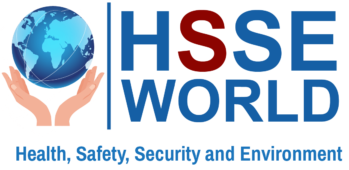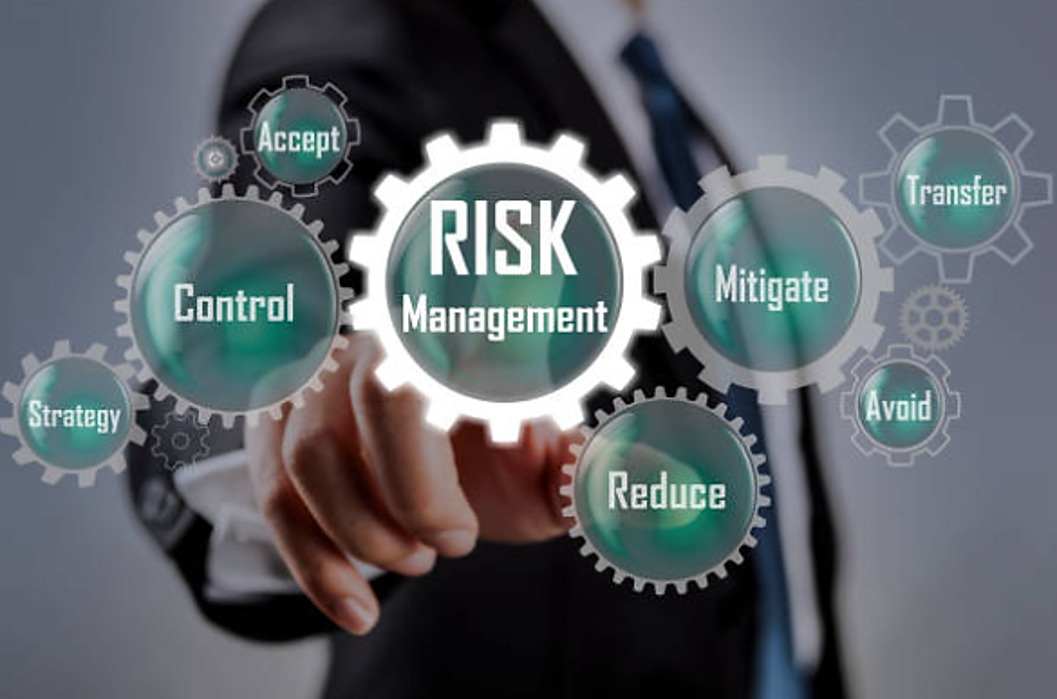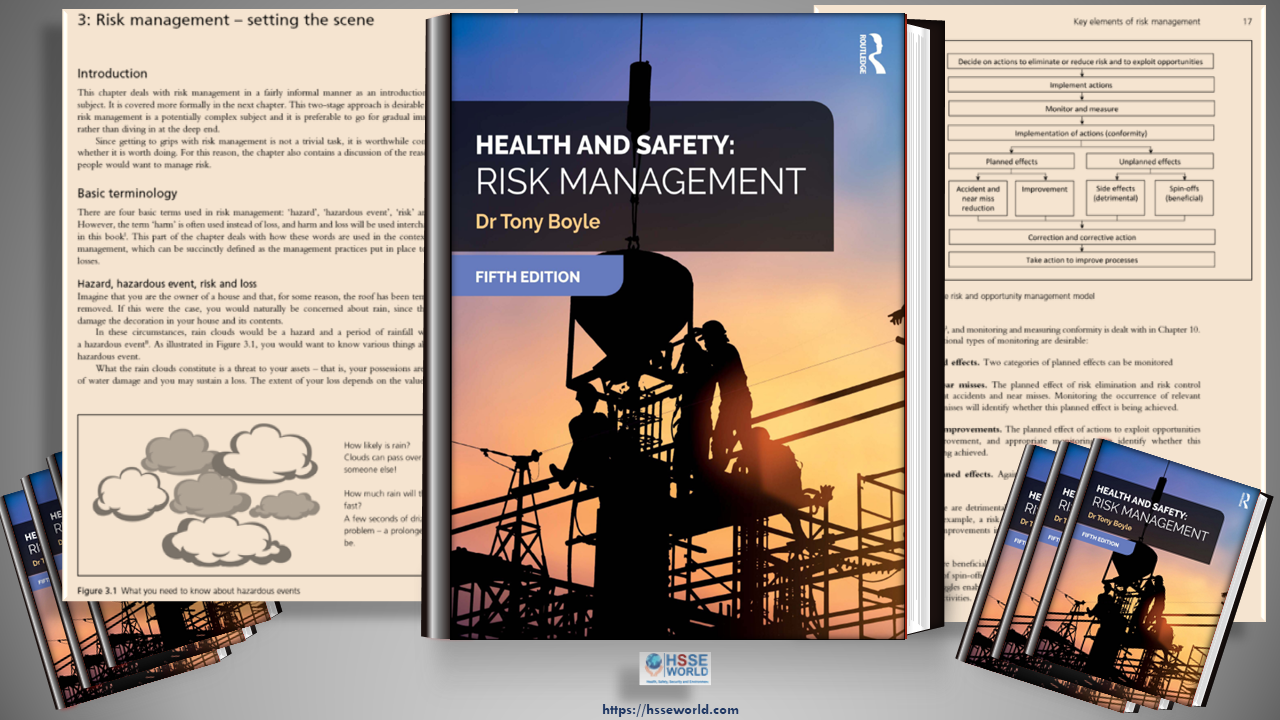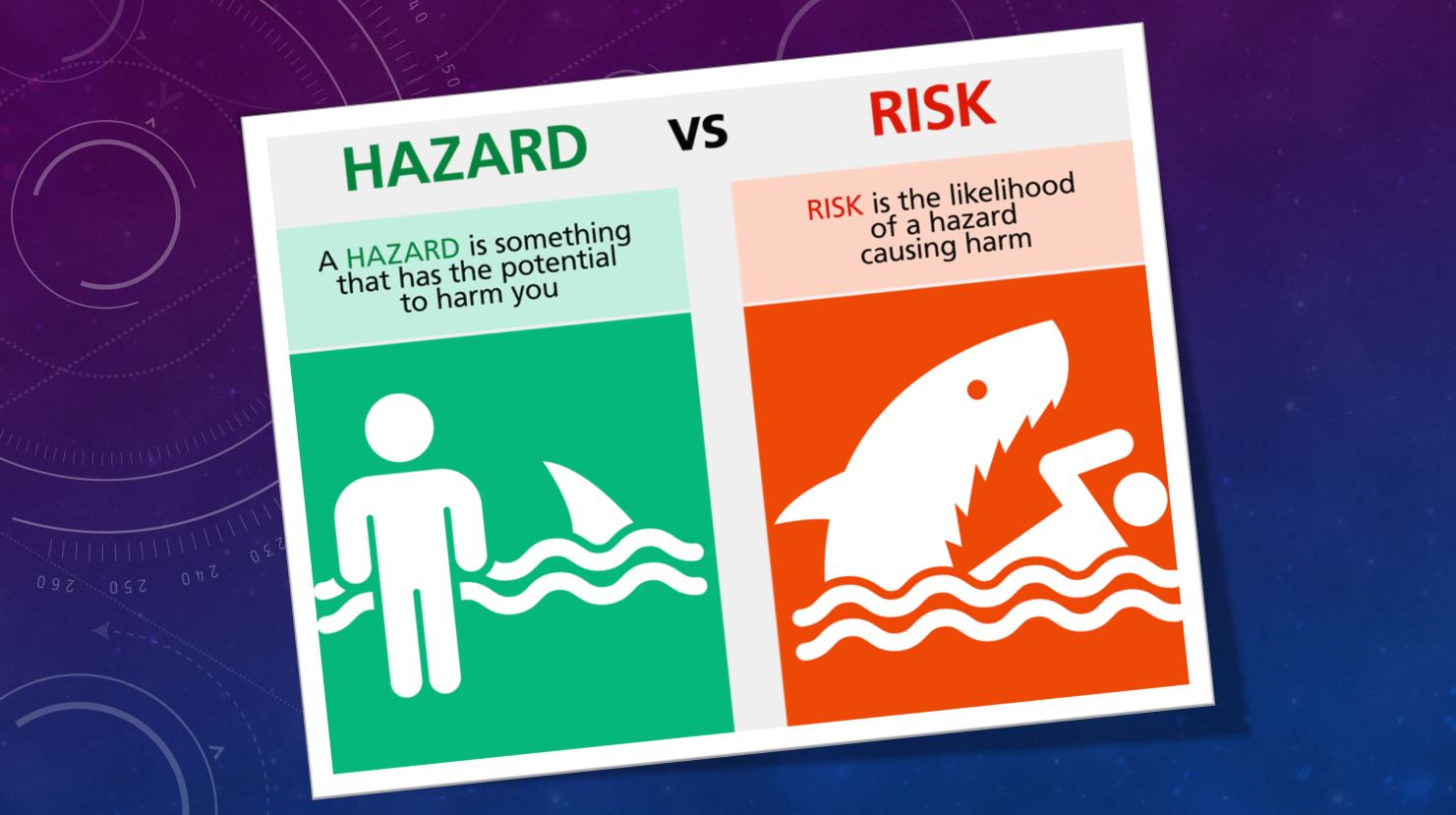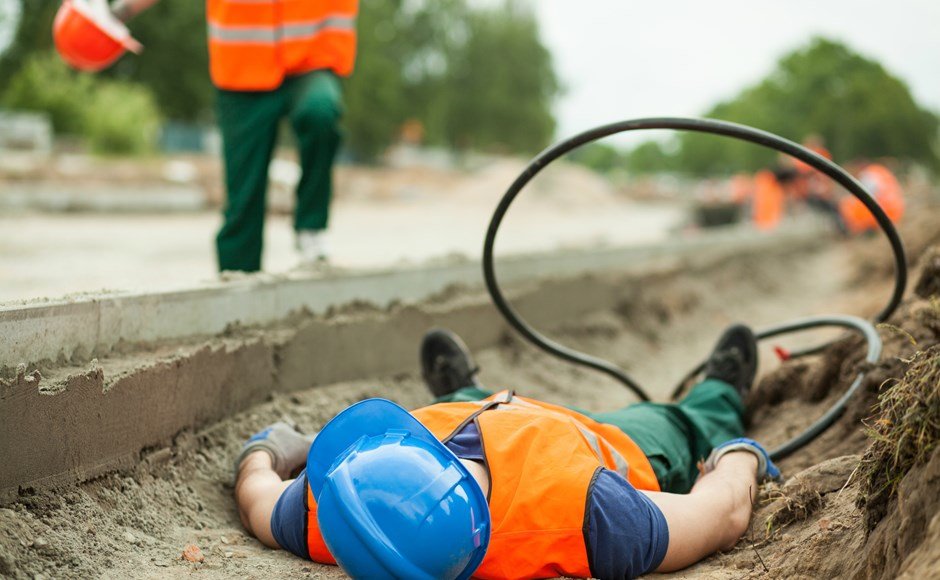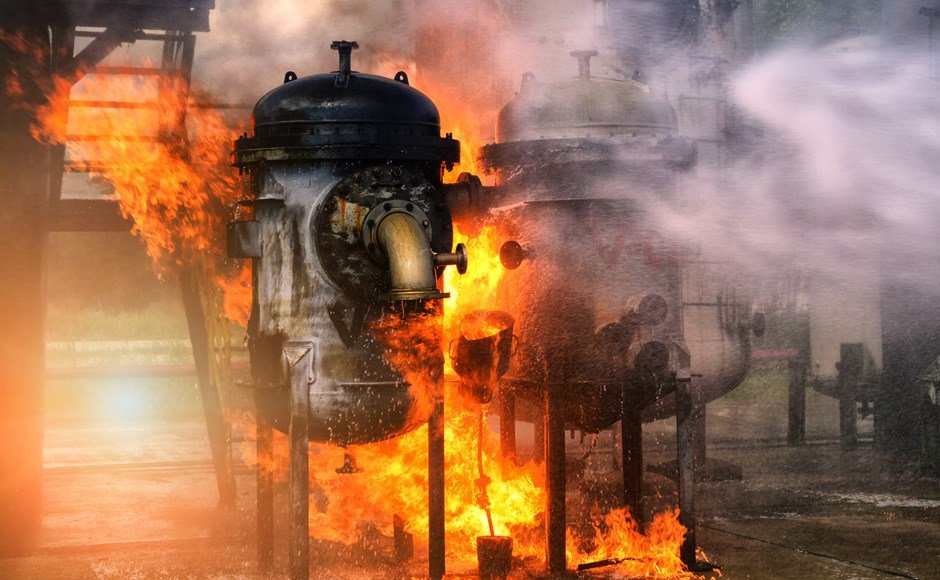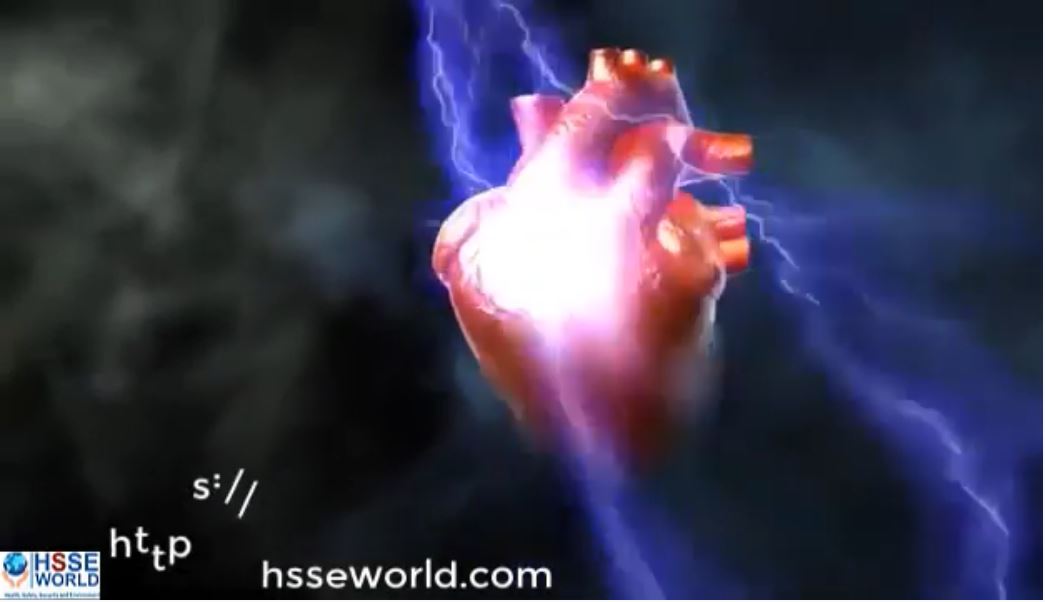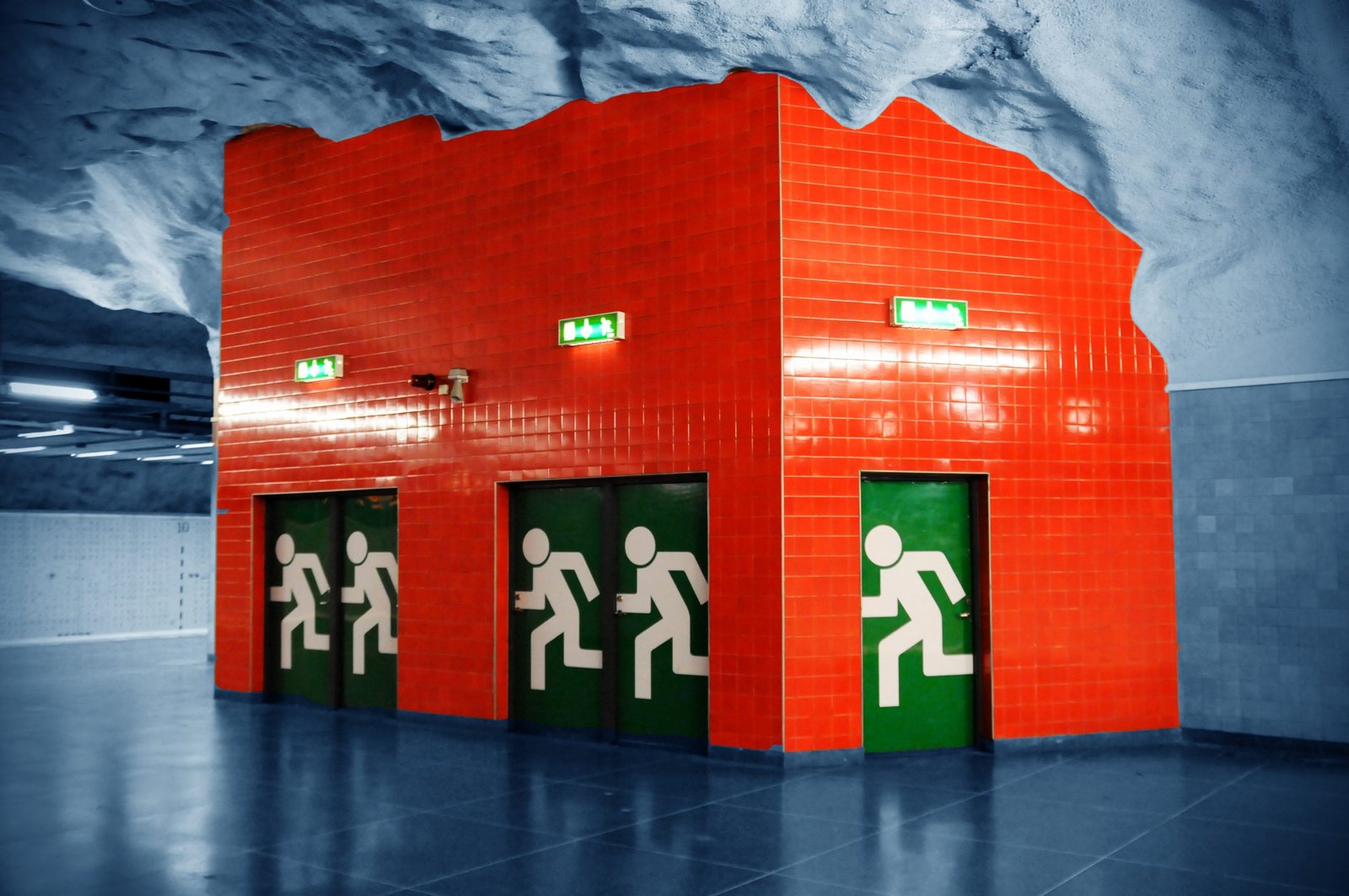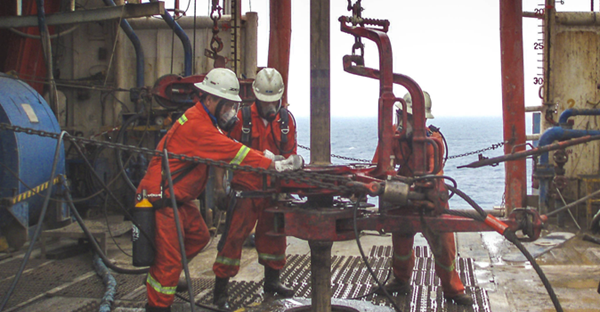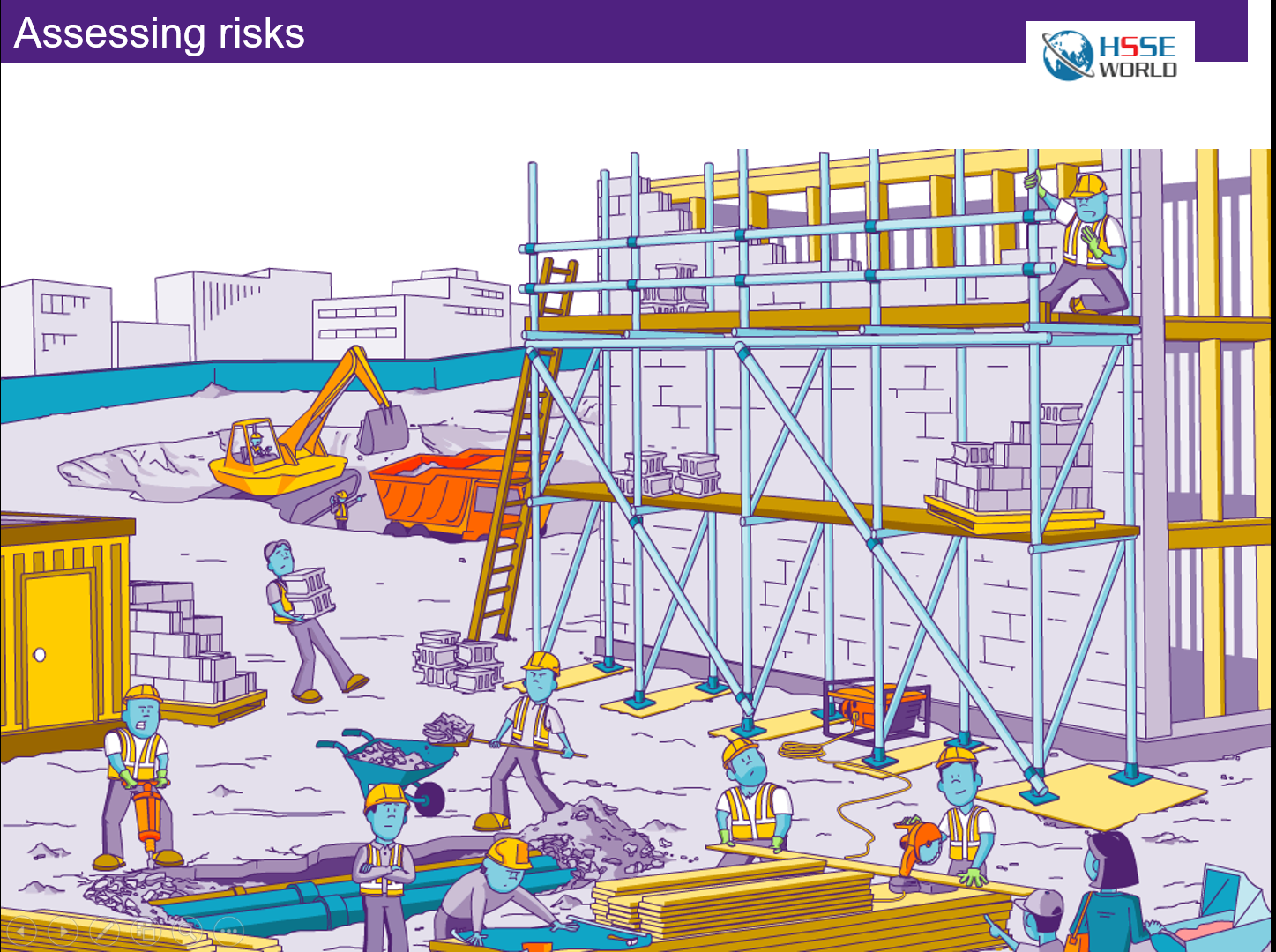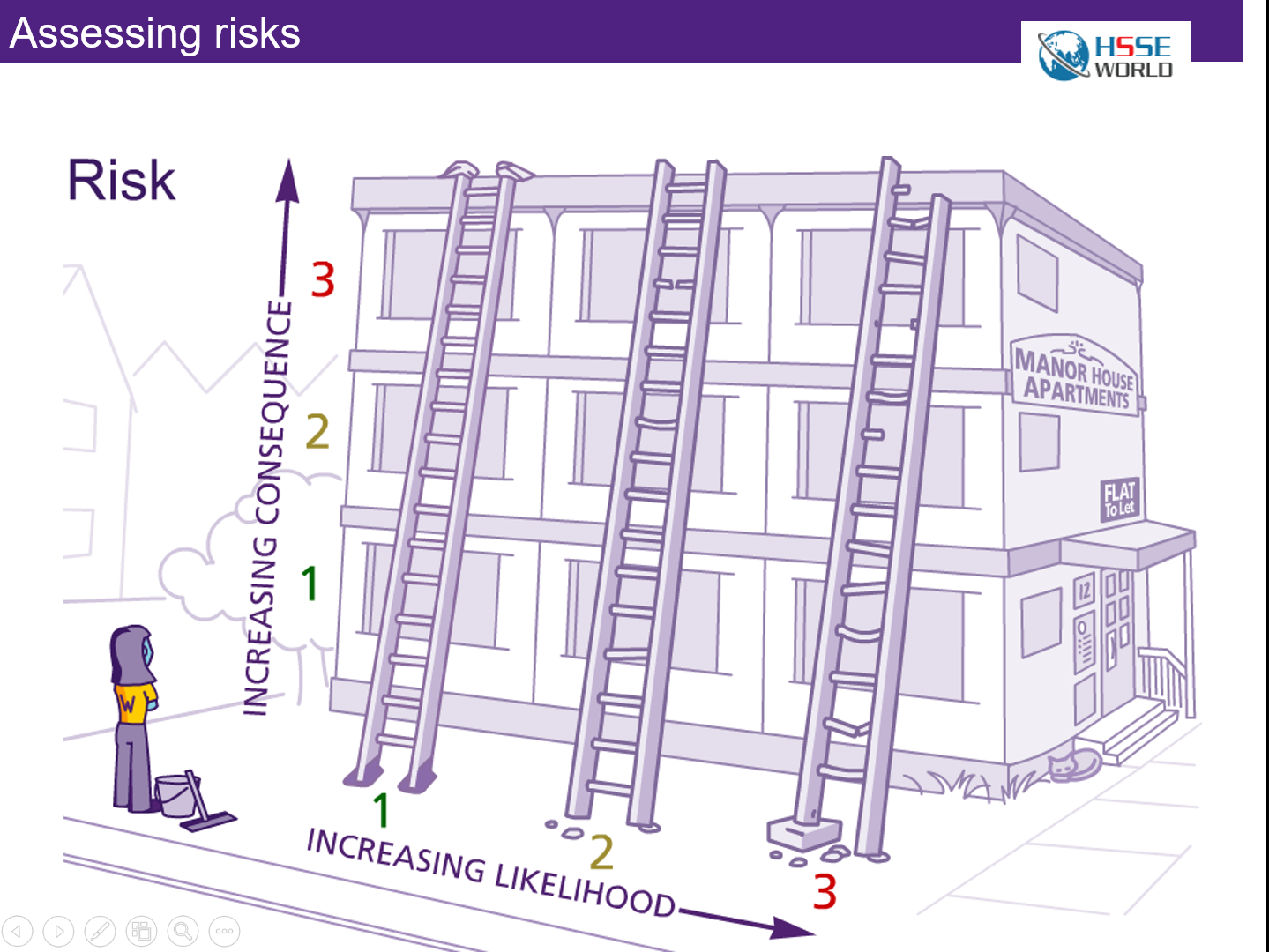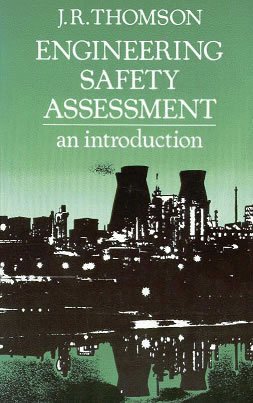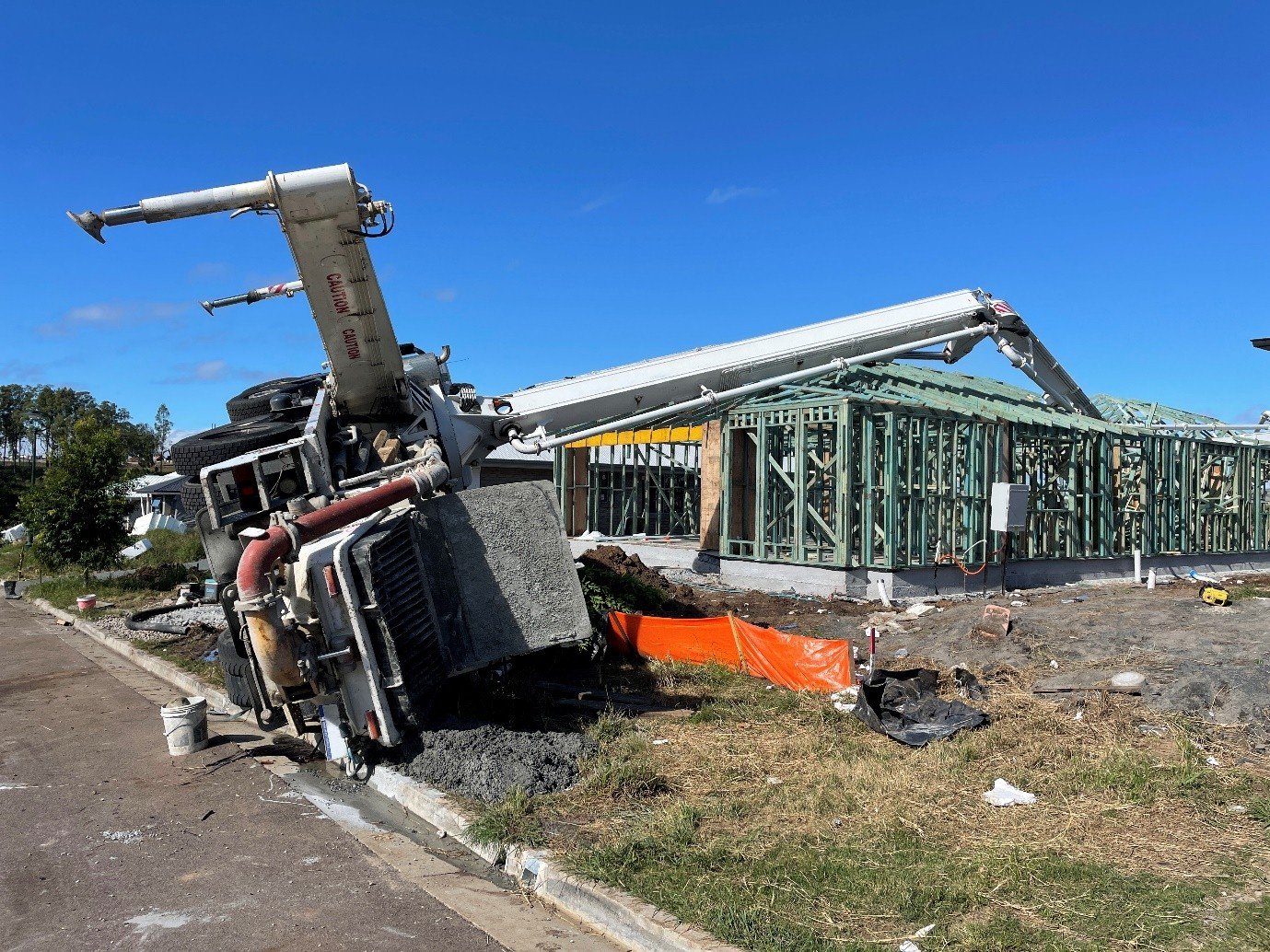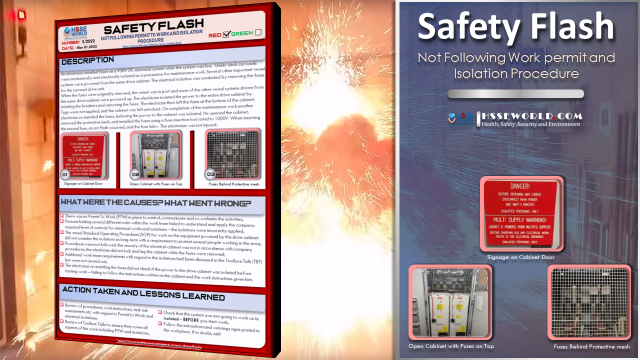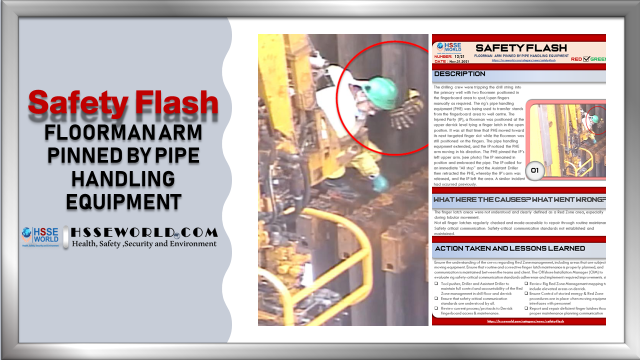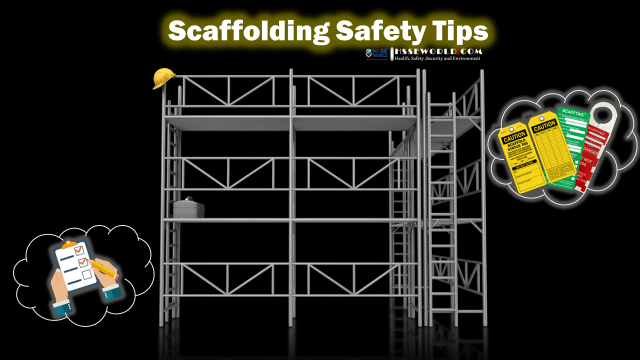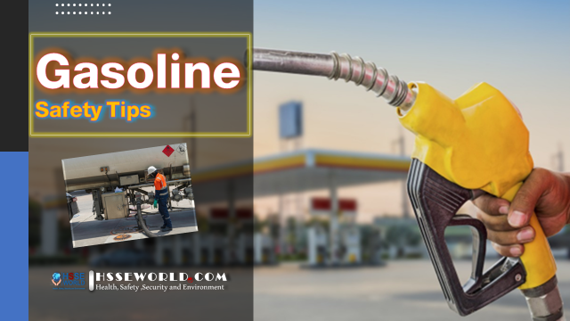5 Key Steps for Effective Risk Management at the Workplace
Risk management is a critical aspect of maintaining a safe and efficient workplace. I recognize that it involves identifying, assessing, and controlling threats to an organization’s capital and earnings. These risks could stem from a variety of sources, including financial…
E-Books: Fire and Emergency Drill Manual and Building Inspection Guide
Fire and Emergency Drill Manual and Building Inspection Guide published : To suggest processes for the preparation, conduct and evaluation of drill. To serve as a guide for carrying out periodic inspection of building/premise. National Building Code 2016 (Part 4:…
E-Books: Health and Safety: Risk Management 5th edition
Health and Safety: Risk Management is the clearest and most comprehensive book on risk management available today. This newly revised fifth edition takes into account new developments in legislation, standards, and good practice. ISO 45001, the international health and safety…
Designing an Effective PPE Program 5 Tips
[vc_row][vc_column][vc_column_text]You need to supply your workers with the PPE they need to perform their work safely. But you need to do more than just stock some safety gear – you also need to design an effective program to make sure…
What is the difference between a hazard and a risk?
[vc_row][vc_column][vc_column_text] Q:What is the difference between a hazard and a risk? A:In the parlance of health and safety management, the terms hazard and risk are often confused. It becomes difficult to have a discussion about assessment and mitigation when we can’t agree on a glossary first….
4 Major Forklift Accidents and Prevention
[vc_row][vc_column][vc_column_text]As fun as they look to operate, forklifts are a serious workplace hazard. OSHA estimates that there are 110,000 forklift accidents each year and that an American worker is killed in a forklift-related accident every three days. There’s no question…
Hiring Contractors ! know the Risks and Legal Responsibilities
[vc_row][vc_column][vc_column_text]Many companies in the industrial and manufacturing sector use contractors on a regular basis. Some facilities will bring them in for occasional work on an as-needed basis. Others have contractors on site daily. Regardless of how often contractors and subcontractors…
Truckers Major Safety Hazards and It’s Prevention
[vc_row][vc_column][vc_column_text]While many industries are becoming safer, recent data suggests that trucking is becoming deadlier. In 2017, 1,300 truckers lost their lives in motor vehicle accidents, compared with 752 fatalities just five years prior. And since they’re driving the biggest vehicles on the road, the…
Welding gases & fumes Exposure
[vc_row][vc_column][vc_column_text]Welding gases and fumes pose a serious threat to anyone who inhales them. Every welding project emits a different combination of gases. The fumes can cause occupational asthma and damage the nervous system. Keeping your head out of the plume…
Personal Emergency ID the Strategic and Operational Benefits
[vc_row][vc_column][vc_column_text]After saying goodbye to his wife one damp, cloudy Tuesday, Bob got into his truck, sipped his coffee, and started to drive to work in a neighboring town about half an hour away. To Bob, it seemed like a pretty…
Biological Hazard Control
[vc_row][vc_column][vc_column_text]Biological hazards are rarely given as much attention as other types of workplace hazards, yet they are present anywhere a worker can come into contact with other people. There are four broad categories of workplace hazards: Physical Ergonomic Chemical Biological…
The Common Industrial Fire Hazards and Prevention
[vc_row][vc_column][vc_column_text]According to the NFPA, from 2011 to 2015 there were an estimated 37,910 fires in industrial and manufacturing properties causing an estimated $1.2 billion in property damage per year. That is an astounding cost. The leading causes of these industrial fires were:…
Common Scenarios to Be Prepared For Emergency Response Situations
[vc_row][vc_column][vc_column_text] Emergencies can put your employees at risk and even force you to shut down operations. By their nature, they are unexpected and unpredictable, but with proper planning you can face these events in a safe and efficient manner. [/vc_column_text][/vc_column][/vc_row][vc_row][vc_column][vc_single_image…
Video: Electrical Safety Awareness -Safety Moment#23
[vc_row][vc_column][vc_column_text]This electrical awareness video is focused on identifying hazards around electricity on the job site. All other hazards on the job require the same focus and respect while performing your hazard assessments and should not be disregarded or have any…
E-Books:Occupational Hygiene and Risk Management
[vc_row][vc_column width=”1/2″][vc_column_text] As awareness of the importance of minimising occupational health and safety risk continues to grow amongst Australian employers, so too does the science of occupational hygiene. Occupational hygiene hazards such as dusts, noise, chemicals, vibration, radiation, ergonomics, light,…
The Five Stages of an Emergency Management Plan
[vc_row][vc_column][vc_column_text]our organization’s emergency management plan is a critical tool developed to assist managers, coordinators, and responders. It allows them to effectively manage and mitigate the consequences of an emergency. This guide will provide you with overall guidance on developing an…
Drilling fluids Exposure
[vc_row][vc_column][vc_column_text]Drilling fluids perform various functions. They lubricate drill bits, remove cuttings, and provide a barrier for well control. Inhalation of vapours or skin contact can cause serious health issues, though. Drilling fluids can contain any mix of hundreds of chemicals….
Risks of Mould
[vc_row][vc_column][vc_column_text]As mould grows, it releases airborne spores and fragments of hyphe (filaments) that can affect a worker’s health. People with allergies, asthma, or a weak immune system are most at risk. Mould grows quickly on almost any damp material.[/vc_column_text][/vc_column][/vc_row][vc_row xt_row_type=”in-container” xt_border_top=”0″ xt_pattern_opacity=”100″…
Controlling risks
[vc_row][vc_column][vc_column_text]Once you’ve completed a risk assessment in your workplace, those risks that you have identified as high or moderate may require additional controls[/vc_column_text][/vc_column][/vc_row][vc_row][vc_column][vc_single_image image=”7440″ img_size=”full” alignment=”center” css=”.vc_custom_1542651401408{margin-top: 10px !important;}”][/vc_column][/vc_row][vc_row][vc_column width=”2/3″][vc_column_text]The highest risk should be addressed first. If you cannot eliminate a risk,…
Assessing risks
[vc_row][vc_column][vc_column_text]As an employer, you need to conduct a systematic risk assessment to help you identify the hazards that exist in your workplace, and how they may put your workers at risk. To determine if you’ve done enough to protect your workers,…
E-Books:Engineering Safety Assessment
[vc_row][vc_column width=”1/2″][vc_column_text] Engineering Safety Assessment by Jim Thomson PhD is a 219-page book on how to assess the safety of highly hazardous operations and facilities. Contents Ch 1: Introduction, Contents, Preface, Symbols used Ch 2: Basic probability theory for risk assessment Ch…
